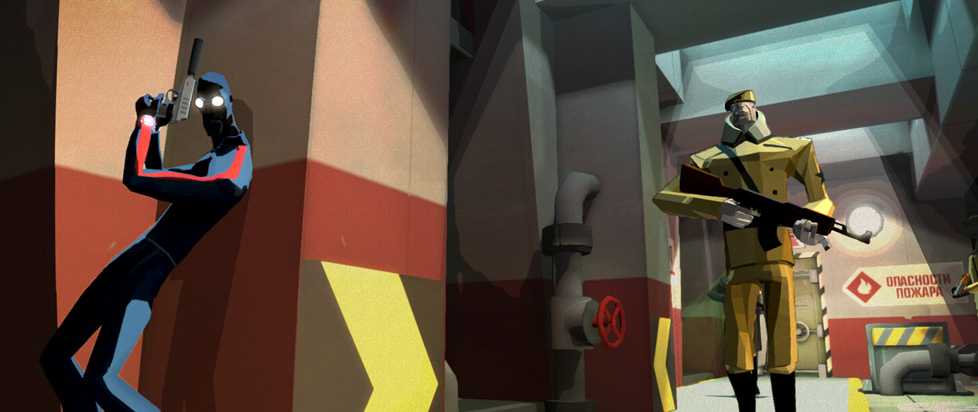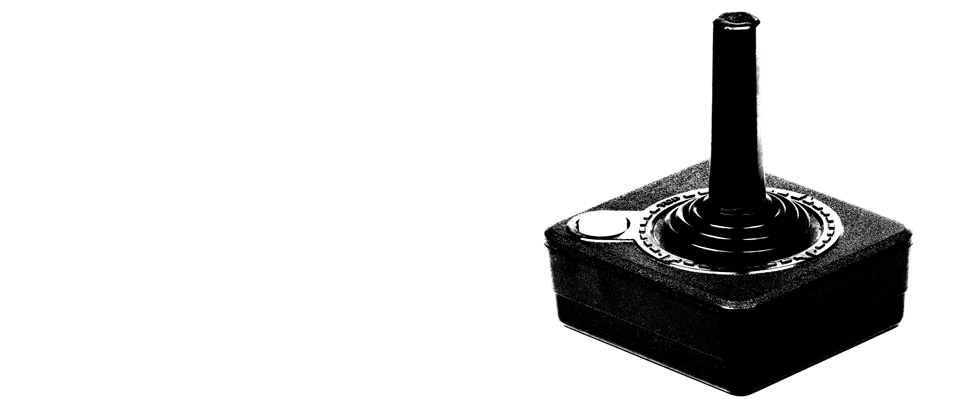
Checkpoint – Spy Game
 Corey Milne stands at the intersection of gaming and world history to see what he can see.
Corey Milne stands at the intersection of gaming and world history to see what he can see.
———
This column is a reprint from Unwinnable Monthly #93. If you like what you see, grab the magazine for less than ten dollars, or subscribe and get all future magazines for half price.
———
CounterSpy is a game that oozes style. There’s nothing quite like a good spy story. Few other genres are as good at setting a scene and creating a sense of space like a good old-fashioned Cold War thriller. You don’t need to know the ins and outs of the conflict – if there are Russians, dreary Berlin streets, chromatic basslines and the unabated need to smoke indoors, chances are you know what’s going down.
CounterSpy borrows from these traditions with its own genre suitable soundtrack and penchant for gadgets and gyrocopters. Set at the height of the Cold War, you’re placed in the middle of a conflict between the Imperialists and the Socialists. Both sides plan to nuke the moon. It’s your job to steal documents and sabotage machinery in order to clear the way to de-escalation and world peace.
The game itself is a side scrolling platformer on a 2D plane. You must make your way through a series of bases, while both sides race to cause global devastation. The bases are all procedurally generated and can throw up some interesting enough room puzzles. The decision to stay silent or go loud is a weighty one when you know that making the wrong move can escalate a situation.
Simple palette swaps distinguish the Americans from the Russians. While that might be a limit of the procedural nature of the game, it works well enough in the setting. This is a conflict in which both sides believed they were right and were equally engaged in heinous acts of imperialism. They took different perspectives, but walked side by side down the same road.
[pullquote]In the grand scheme of things, our side is right and good, the other is evil.[/pullquote]
What I really like about CounterSpy is its cover system. In order to avoid being seen by guards, you can snap to cover and kneel down behind concrete blocks, or up behind lockers. The perspective will then change so that instead of looking at the length of the corridor from the side-on, 2D perspective, it zooms into your character, granting you a view down the corridor. Popping out to shoot affords you an over-the-shoulder view from traditional third-person shooters.
It’s a smart mechanic to facilitate aim when things get heated. A good spy needs to be flexible in their approach after all. What this means is that the background becomes a threat. Guards patrolling on an inaccessible plane aren’t just background noise. You need to make sure your position is secure before you engage them across the level, lest you be caught unawares by enemies rushing in from the side.
I’m a sucker for small, well-implemented mechanics like that. You think you know what the score is, travelling from left to right in order to make your way through the level. Before the curtain is lifted and the game shows you there’s a bit more going on than you first thought. It’s a nice and simple nod to the nature of the Cold War itself. In the grand scheme of things, our side is right and good, the other is evil. So, you work off this assumption. All the while, the gears churn in the background, threatening to scupper the whole show with the pull of a trigger or a word to the wise. There’s only so far you can rush forward before the background noise swells to meet you. I like this little game. It doesn’t outstay its welcome and doesn’t do anything radical for the genre. It’s a fun, light-hearted pastiche and asks you to try a little perspective.
———
Corey Milne is an Irish freelance writer who likes to poke at that strange intersection where games meet history. A roundup of his writing can be found at coreymilne.com. You can join his Rad-Lands motorcycle bandit gang on Twitter @Corey_Milne




